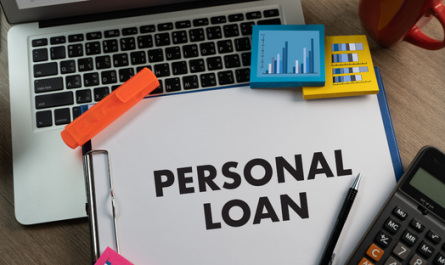Introduction
The trading world is filled with promises of financial prosperity and independence and, as a result, has always been a magnet for those who dare to venture into its unpredictable tides.
Aspiring traders often find themselves pondering a fundamental question: “How much money is enough to start trading?
This question, as simple as it may seem, holds significant weight and importance. The answer, however, might not be as straightforward as one might think. It is a complicated equation that depends on a lot of different things, which we will look at in this article.
How Much Money Do You Need to Start Trading?
The barriers to entry in the trading world have significantly lowered in recent years. Some online trading platforms now allow you to start with initial deposits as low as $10.
However, starting with such a small amount comes with its own set of challenges. Imagine depositing $10 into your trading account. This amount, while seemingly insignificant, can become a source of immense stress for some.
Every market fluctuation can feel like a high-stakes gamble, turning your trading journey into an emotional rollercoaster. Under such conditions, the likelihood of losing your entire investment is quite high.
This brings us to a fundamental rule of trading: only invest money you are willing to lose.
Trading, especially for beginners, should not put your financial security or well-being at risk. If losing $10 would cause you significant distress, it might be worth reconsidering your starting point.
Instead, consider making more money through regular means and starting with a sum that won’t cause undue stress if lost.
This amount will differ for everyone and depends on individual financial circumstances and risk tolerance. It could be $100 for some, $1000 for others, or even more.
Remember, successful trading is not just about making profits; it’s also about managing risks and preserving your capital.
So, before you dive in, take some time to assess your financial situation and determine a starting point that aligns with your risk tolerance and financial goals.
Factors to Consider When Funding Your Trading Account
Start with Demo Trading
Demo trading is a risk-free way to learn the ropes of the trading world. Good online trading platforms offer demo trading accounts where you can trade with virtual money.
This allows you to understand how the market works, learn how to analyze market trends, and practice executing trades without risking real money.
It’s like a flight simulator for traders – a safe environment to learn and make mistakes. Spend as much time as you need on demo trading, and only move on to live trading when you’re consistently making profits and feel confident in your trading skills. When you eventually do, start small.
Determine Your Trading Goals
Before you start trading, it’s important to set clear, realistic goals.
What are you hoping to achieve through trading? Are you looking to make a quick profit, or are you planning a long-term investment? Your goals will dictate your trading strategy.
For example, if your goal is to make a certain amount of profit each month, you’ll need to figure out how much money you have to put in, how many trades you need to make, and how much profit you need from each trade to achieve that goal.
Having clear goals can help keep you focused and disciplined in your trading.
Assess Your Risk Tolerance
Risk tolerance refers to the amount of risk you’re willing to accept in pursuit of a certain level of return from your investments. It’s an important concept in investing and crucial for managing your portfolio.
Everyone’s risk tolerance is different; some people might be comfortable risking a large portion of their portfolio for the chance of high returns, while others might prefer safer investments even if they offer lower returns. Understanding your risk tolerance can help you decide what kind of trades to make and how much money to invest in them.
Consider Trading Costs
Trading involves various costs, such as brokerage fees, commission fees, transaction fees, and sometimes subscription fees for premium features on trading platforms.
These costs can quickly add up and eat into your profits, especially if you’re making frequent trades with a small account.
Therefore, it’s important to factor in these costs when determining how much money you need to start trading. Some platforms offer fee-free trading for certain assets or under certain conditions, so it’s worth shopping around for the best deal.
Stay Informed
Economics, politics, and even the latest headlines can all have an impact on the financial market. Staying informed about these developments can help you make better trading decisions and put the right amount of money in your trading account.
Regularly check financial news websites, follow market analysts on social media, and consider subscribing to relevant newsletters. Additionally, make use of the educational resources provided by many trading platforms.
Develop a Trading Plan
A trading plan is a comprehensive decision-making tool for your trading activity. It should document all aspects of your trading system: the markets you will trade, your budget, your risk tolerance level, your profit goals, and your evaluation criteria.
Having a solid plan can help keep your emotions in check, make your decision-making process more efficient, and improve your overall trading strategy.
Bottom Line
There’s no one-size-fits-all answer to how much money is enough to start trading. It depends on various factors, including your financial situation, risk tolerance, and trading goals.
Keep in mind that trading success requires more than just making money; it also requires minimizing losses and protecting your investment.
